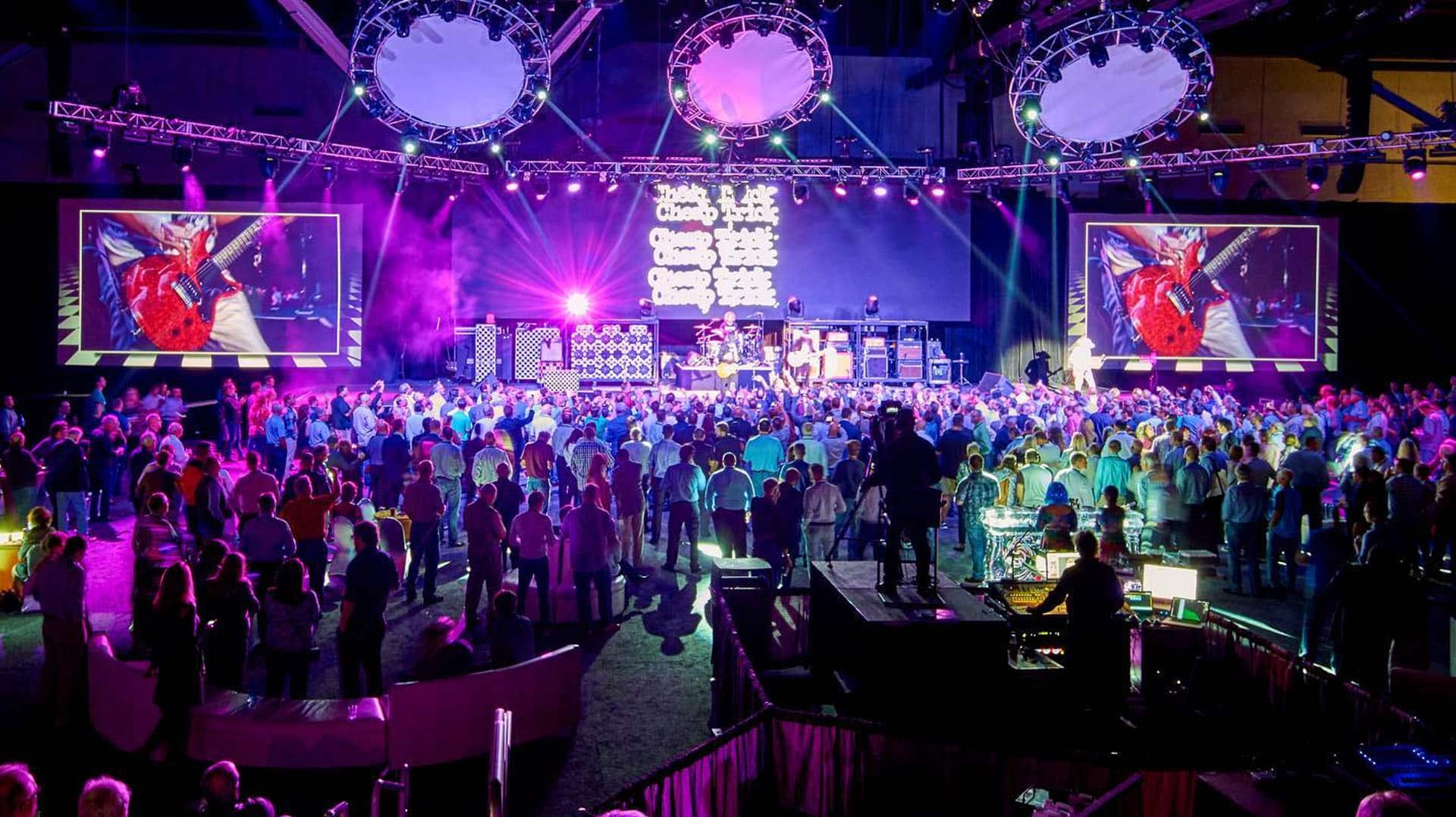Video projection mapping is an exciting art medium that merges tech and creativity to convert ordinary surfaces into remarkable sight exhibits. This method entails casting graphics and videos onto three-dimensional objects, such as buildings, artworks, or platforms. One of the key crucial elements in creating effective mapping is the use of effective lighting methods. Proper lighting enhances the aesthetic elements of the display and guarantees that the visuals are clear and captivating. This piece examines the impact of illumination techniques on video mapping and how they can elevate the complete encounter.
Illumination plays a vital part in video projection because it establishes the atmosphere and tone of the display. Different lighting techniques can elicit various feelings and reactions from the viewers. For example, using soft, warm illumination can create a inviting atmosphere, while bright, cold illumination may create a more energetic or intense effect. By carefully selecting illumination hues and intensities, creators can manipulate how viewers interpret the displayed images, leading to a more immersive encounter. The equilibrium between projection luminance and ambient light is crucial, as it can significantly affect the visibility and impact of the visuals.
In addition to, hue and brightness, the angle of light also affects the blog here effectiveness of mapping. Lighting from different directions can create shadows and accents that introduce depth to the mapped images. This technique, known as light and shadow, can improve the three-dimensionality of the objects being projected. Furthermore, using moving lights can add energy to the exhibit, making the encounter more involving for the audience. When the illumination interacts with the mapped visuals, it can create an illusion of movement and change, capturing the viewers' attention.
Another important aspect of lighting in mapping is the use of special effects. Techniques such as gobo lighting, which uses patterns you could look here and forms to filter light, can add texture and intricacy to the mapping. This approach allows artists to layer images and produce aesthetically stunning results that complement the projection. Additionally, incorporating laser lights or LED lights can additionally improve the display, offering a unique mix of sight components that draw the audience in. These special features, when used thoughtfully, can transform the projection beyond a basic show to an immersive work of art.
In summary, the impact of lighting techniques on video projection is significant. By understanding how different lighting elements interact with projected images, artists can create enthralling experiences that resonate with viewers. The thoughtful choosing of color, brightness, angle, and unique features enables for a rich tapestry of visual storytelling. As technology advances to evolve, the possibilities for creative expression in projection will only grow, making illumination an ever-important aspect in this innovative art form.

Comments on “Illuminating the Influence of Illumination Techniques on the Craft of Video Projection Mapping Techniques”